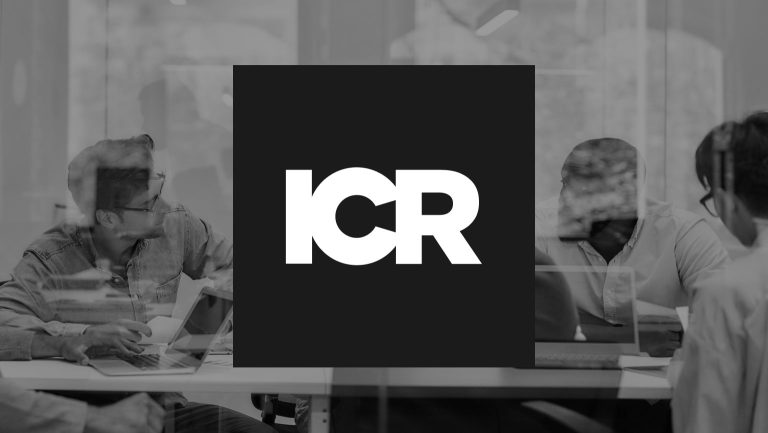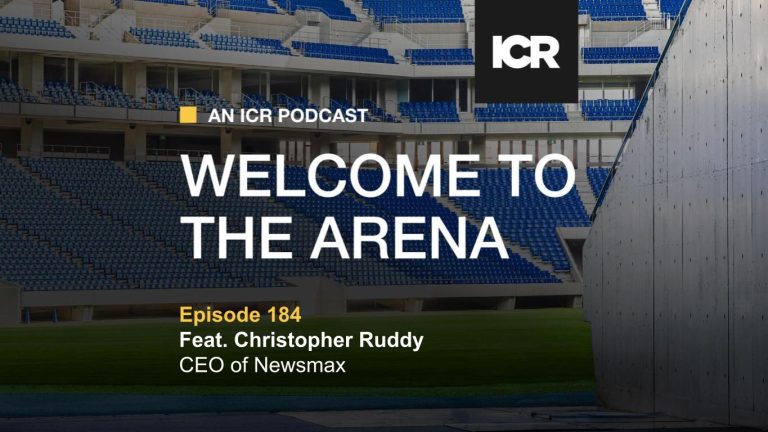In our annual blog series, we explore trends our experts expect to see in 2023, including this outlook on what construction industry trends might be in the new year.
2022 was a whirlwind of positive catalysts with consumer spending on an upward swing, job gains coming in strong and plenty of new household formations. Whether that translates into new construction and renovation activity now or later depends on the Fed. More important to us is our belief that there is a significant amount of pent-up demand to fuel growth in private construction activity in the years to come.
Following a cyclical softening of demand in 2022 as companies navigated through supply chain, inflation and other headwinds, the broad consensus among industry experts is that valuations across the building products and construction space remain attractive. For many market observers, near-term demand headwinds, including a mild recession, are mostly priced into stocks today. Additionally, recent commentary from management teams points to incremental signs of supply chain improvement and a deceleration in input and labor inflation compared to the pace seen early in 2022. Continued improvement across these variables in combination with easing Fed policy on interest rates could support upside to results in 2023 across the space.
For residential demand, the consensus housing start forecast for 2023 calls for a deceleration of single-family growth from 2022. However, analysts expect multifamily starts to remain relatively resilient given rising rents and longer construction lead times. Regarding interest rates, commentary from management teams and analyst opinions points to expectations for rates to be flat to up moderately in the near term before moving modestly lower in the second half of 2023. On the other hand, expectations for a decline in home prices could help offset near-term pressure from rising rates to support demand. Many indicators remain more supportive of repair and remodel versus new residential construction into 2023 due to a variety of factors:
- The industry is far more levered to the +128 million existing US homes than the approximately 5 million homes that are resold annually.
- About 90%+ of mortgages outstanding are fixed well below today’s higher rates.
- Elevated home prices in the near term should continue to be supported by the magnitude of today’s housing supply/demand imbalance and a likely acceleration in rent increases.
Non-residential construction is a mixed bag as usual. The Architectural Billing Index entered contraction territory in October 2022 for the first time since January 2021. That said, other leading indicators such as the Dodge Momentum Index continue to exhibit sequential improvement, providing reassurance that despite whispers of recession, owners and developers are still looking to move forward with projects to meet demand. Many analysts also expect state and federal governments to increase focus on stimulus for future infrastructure spending, which should help to offset the prospect of slowing economic growth. This is evidenced by President Biden’s spending packages that promise unprecedented federal funding for building material intensive sectors and is expected to soon translate into higher activity. Overall, robust project backlogs, order trends, and positive management commentary support continued strength in commercial and industrial markets into 2023.
Follow the entire ICR 2023 trends series on the ICR Insights blog.



